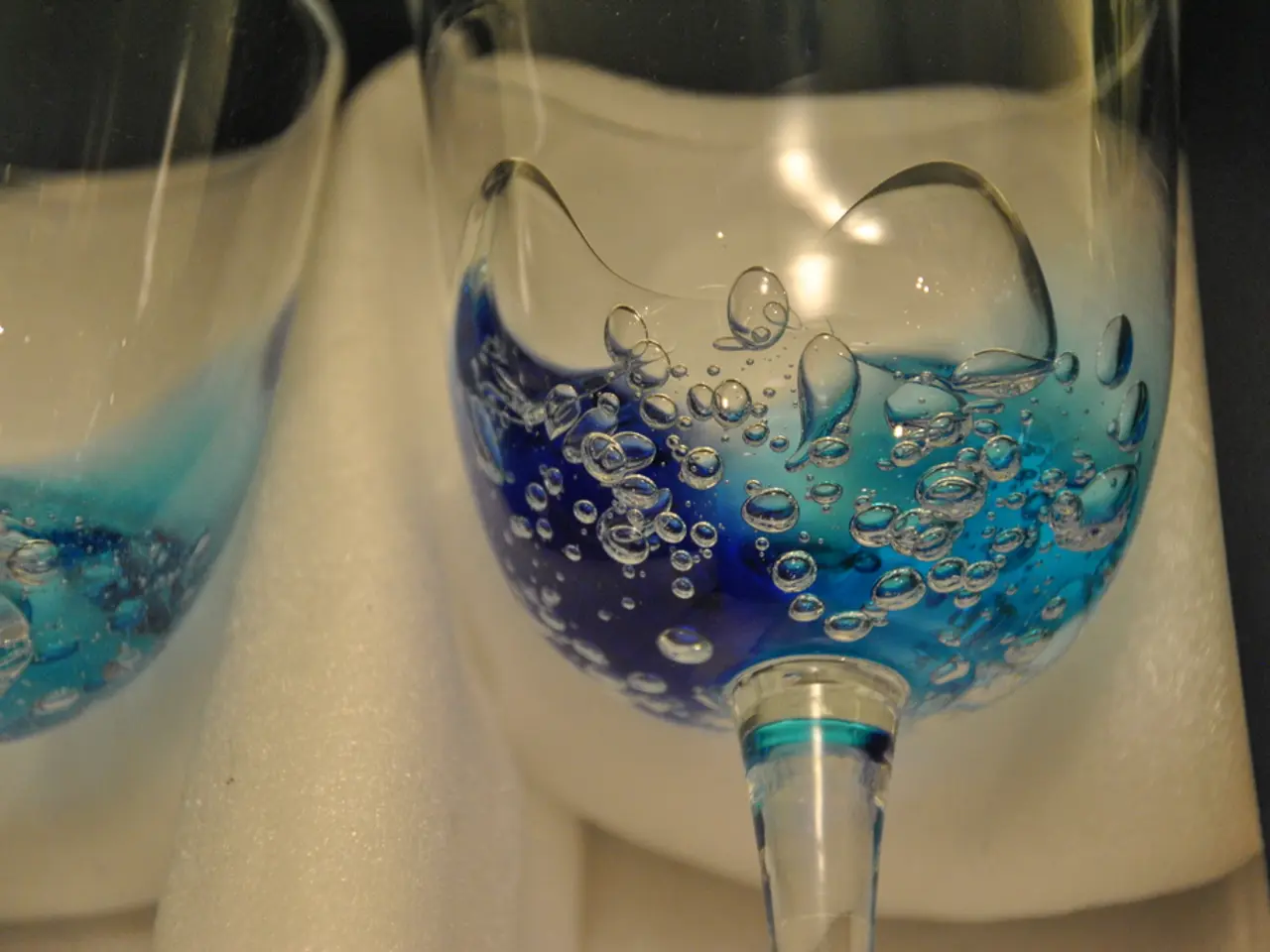Progression of Macular Degeneration with Age
Age-related macular degeneration (AMD) is a common eye condition that affects millions of people worldwide, particularly those over 60 years of age. The retina, the layer of cells at the back of the eye that detects color and contrast and provides accuracy, is the area primarily affected by AMD.
Dry AMD
Dry AMD, the more common form of the condition, progresses through three stages: early, intermediate, and late.
Early Stage
In the early stages, there is no specific treatment for dry AMD. Regular monitoring through comprehensive eye exams is essential to track progression. Lifestyle changes such as a diet rich in leafy greens, omega-3 fatty acids, and antioxidants may help support eye health.
Intermediate Stage
Special high-dose vitamin and mineral supplements based on the AREDS or AREDS2 formulas (including vitamins C and E, zinc, copper, lutein, and zeaxanthin) can slow progression to advanced AMD in some patients.
Late Stage (Geographic Atrophy)
Currently, no cure exists for late stage dry AMD. Some investigational treatments and supportive options may be recommended by specialists, but managing symptoms and monitoring for conversion to wet AMD remain key.
Wet AMD
Wet AMD, a more severe form of the condition, does not have an early or intermediate stage and is always classified as late stage AMD when it develops. It requires active treatment to stop or slow abnormal blood vessel growth and leakage.
All Stages
Wet AMD treatment relies primarily on anti-VEGF injections. Medications such as Lucentis (ranibizumab), Eylea (aflibercept), or Avastin (bevacizumab) are injected directly into the eye, usually monthly at first, then less frequently. This is the primary and most effective treatment.
Other treatments for wet AMD include Photodynamic Therapy (PDT) and laser photocoagulation, although these are used less frequently due to risks and improved alternatives.
Additional Notes
Lifestyle modifications (healthy diet, avoiding smoking, controlling cardiovascular risk factors) may reduce AMD progression risk. Early detection improves management and helps initiate treatment promptly for wet AMD to preserve vision.
Approximately 64.5% of people with AMD have it in both eyes at the same stage of progression. Around 200 million people globally have AMD, and estimates suggest this may rise to 300 million by the year 2040.
Regular eye exams are crucial for catching AMD at the early stage. Both wet and dry AMD affect the macula, the area at the center of the retina, and can cause symptoms such as straight lines appearing wavy or lopsided, blurry central vision, blank spots at the center of vision, difficulty seeing in low lighting, and colors becoming duller. Vision loss at the late stage of dry AMD is permanent.
In summary, dry AMD has no cure but can be managed with supplements and lifestyle adjustments especially in intermediate stages, whereas wet AMD treatment relies primarily on anti-VEGF injections to inhibit abnormal vessel growth at any stage.
- Dry AMD, the more common form of age-related macular degeneration, advances through three stages: early, intermediate, and late, with no specific treatment in the early stage.
- Special high-dose vitamin and mineral supplements based on the AREDS or AREDS2 formulas can slow progression to advanced AMD in some patients during the intermediate stage.
- In the late stage of dry AMD, also known as geographic atrophy, there is no cure, but investigational treatments and symptom management may be suggested.
- Wet AMD, a more severe form of the condition, requires active treatment to halt abnormal blood vessel growth and leakage, with anti-VEGF injections like Lucentis, Eylea, or Avastin being the primary and most effective treatment.
- Lifestyle modifications such as a healthy diet, avoiding smoking, and controlling cardiovascular risk factors may help reduce AMD progression risk.
- Both wet and dry AMD can cause symptoms like straight lines appearing wavy, blurry central vision, blank spots, difficulty seeing in low lighting, and duller colors, potentially leading to vision loss at the late stage of dry AMD.
- Early detection of AMD through regular eye exams is crucial for timely management and treatment, especially for wet AMD, as well as for lowering the risk of chronic-kidney-disease and other chronic-diseases associated with AMD and poor eye-health.




